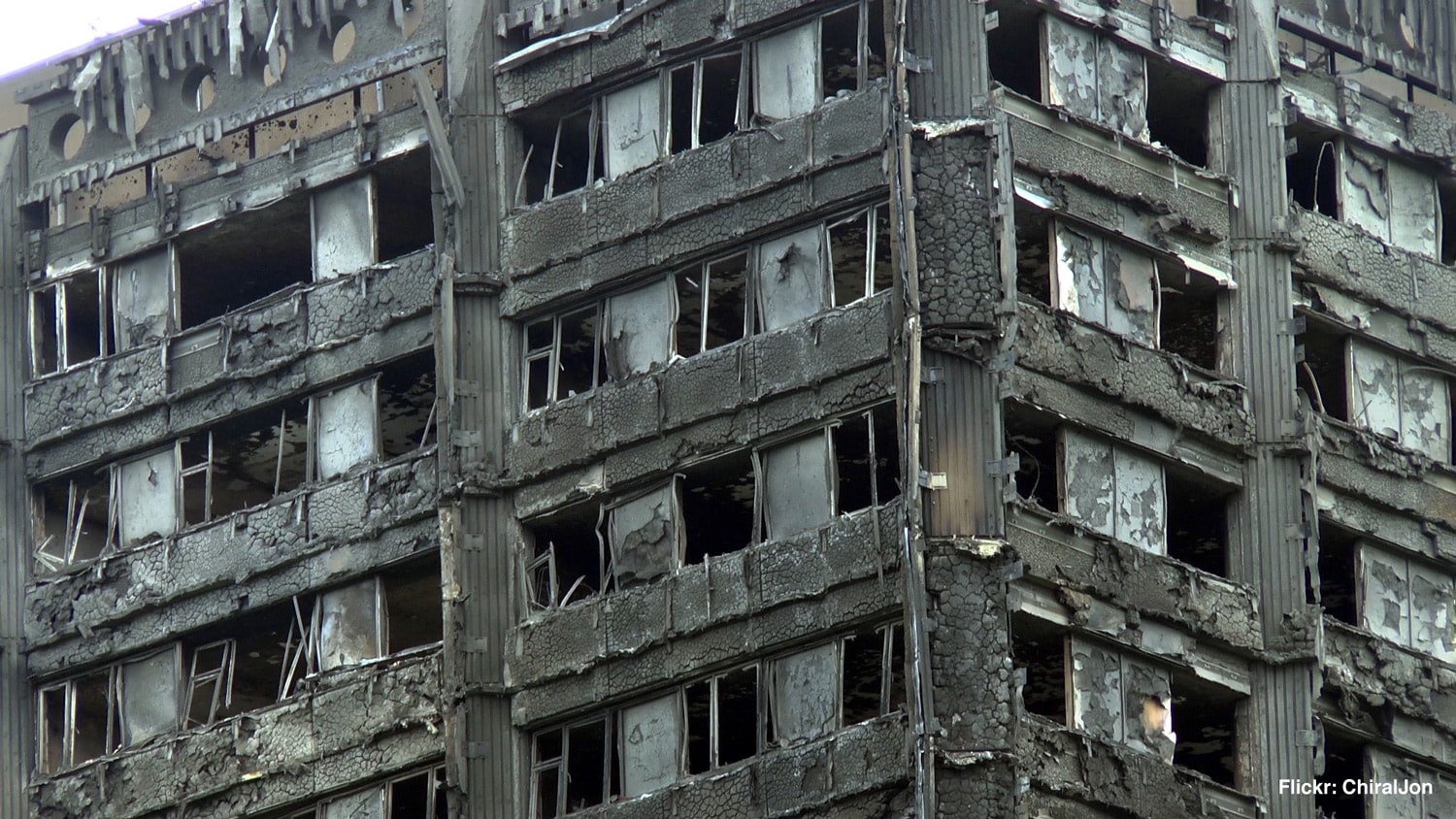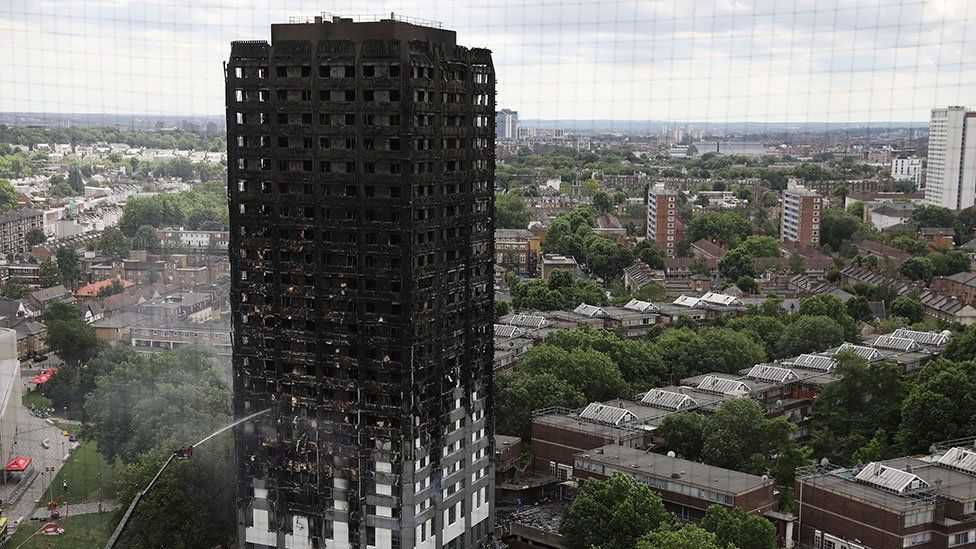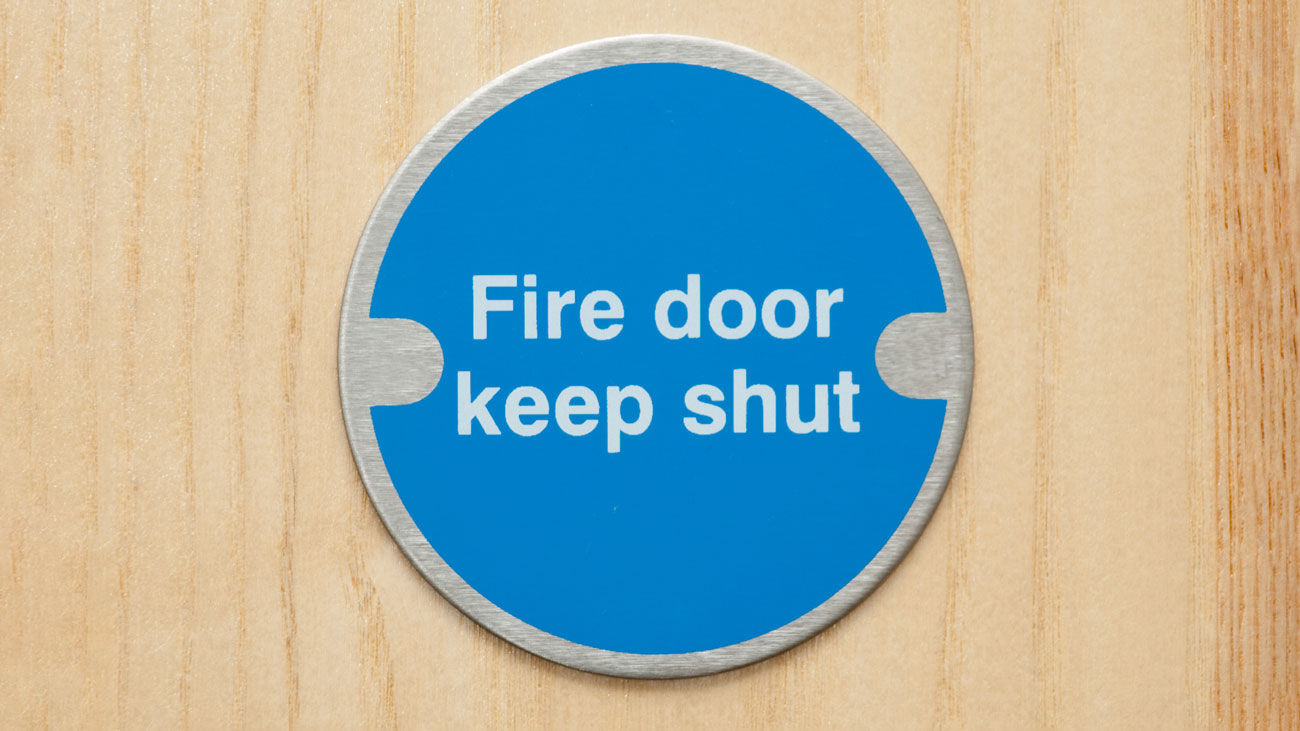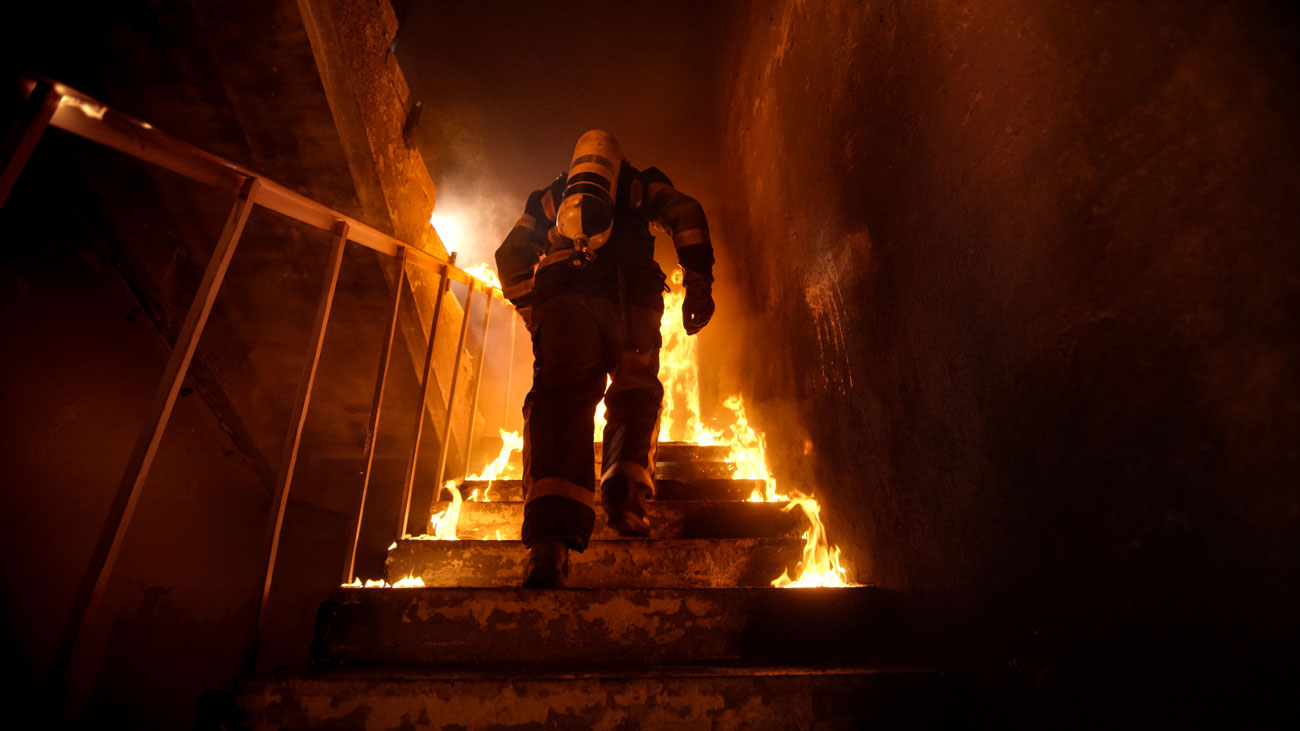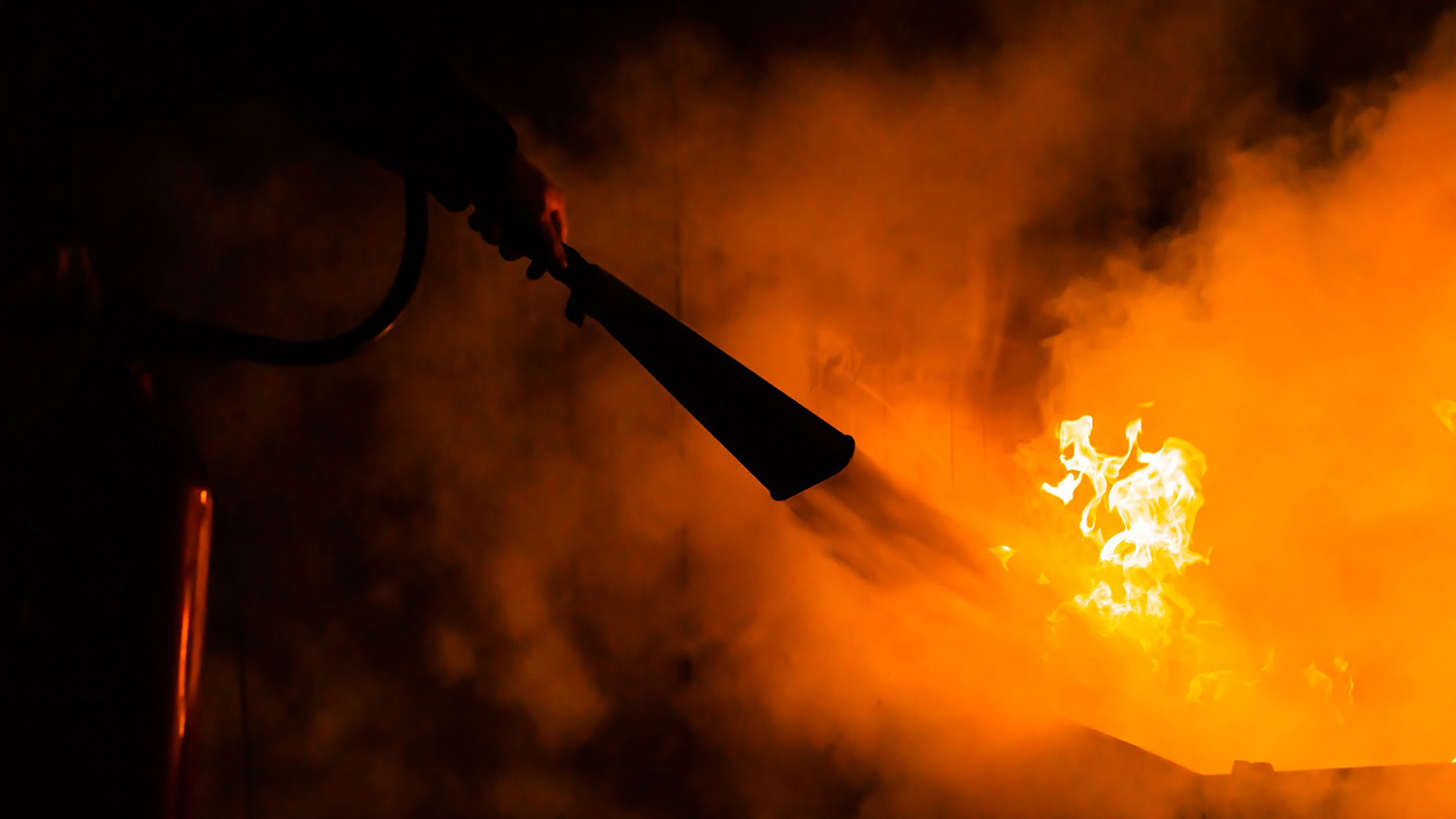
Briefing: Fire safety - changes in risk assessment
Responsibility for fire risk assessment in the workplace is changing in line with new legislation. In this briefing, John Davidson of security and fire safety certification body the National Security Inspectorate (NSI), examines the important and evolving responsibilities of workplace managers.
Fire safety has risen fast up the agenda for both residential buildings and commercial facilities over the past four years, following the June 2017 Grenfell fire and its resulting 72 fatalities. This tragedy has proved a catalyst for significant changes in the legislative landscape, with important consequences for practical fire safety provision.
Legislative change has included responses to recommendations within Dame Judith Hackitt’s independent review into building regulations and fire safety. Following this, in March 2021, a Government-led Fire Safety Consultation report was published as part of its overall fire and building safety reform agenda. In July, the Building Safety Bill was introduced to Parliament, including reform to regulations applying to residents and homeowners within high-rise blocks (18m and above).
Workplace safety
The Fire Safety Consultation report covers building and fire safety in all regulated premises where people live, stay or work. It outlines proposals including those designed to strengthen and improve compliance in regulated premises. These are being seen in updated, expanded and strengthened requirements.
A review centring on life safety fire risk assessment (LSFRA) was launched two years ago, in 2019, complementing the Government’s consultation on building safety proposals.
Responsibility for fire safety in a building rests with the ‘Responsible Person’ or ‘Duty Holder’ in a wide spectrum of non-domestic premises. The definitions of those responsible are contained within the Regulatory Reform (Fire Safety) Order 2005 – introduced in England and Wales in October 2006 – the Fire Scotland Act 2005, and the F&RS (NI) Order 2006 / Fire Safety Regulations 2010.
Workplace managers are among those likely to be identified as the individuals tasked with both organising an LSFRA and ensuring its recommendations are fully implemented, maintained and periodically updated. In the event of a fire, particularly where death or serious injury has occurred, the relevant fire and rescue service will investigate and, where offences may have been committed, prosecutions can follow. The weight of the law underscores the importance for workplace managers to be aware of their duties, and how to discharge them effectively to comply with both legal and related insurance stipulations.
LSFRA is central to establishing sufficient fire prevention, protection and suppression measures, alongside safe evacuation procedures to be applied in the event of an incident. Essentially, LSFRA protects lives – and the Duty Holder is tasked with ensuring it is both completed in the first instance and kept up to date thereafter.
Assessments are best conducted when a building is occupied and operational. The 2020 pandemic clearly demonstrated how building usage changes over time and in response to events, so it is essential that factors like building usage is considered along with the integrity of physical elements such as escape routes and fire doors. Where an organisation employs five or more people the results of LSFRAs must be documented and all assessments must be periodically reviewed to ensure they remain valid; for example when any change of use is implemented.
Identifying the ‘Duty Holder’
The existing legislation can present a challenge when it comes to identifying the legally responsible person in fire safety terms - the Duty Holder can be anyone with control and/or oversight of a workplace premises, such as a manager or owner. In the majority of instances it is considered the responsibility of each employer to safeguard their staff, visitors and others such as maintenance contractors whilst on site. The Duty Holder has to work together with all other parties, such as an external facilities management provider or assigned contractor(s), to ensure the requirements of the LSFRA are met. This means the task is not always clear-cut.
Where maintenance of a building (including regular fire alarm testing, portable fire extinguisher and other routine maintenance) is undertaken by a facilities management provider, or other external contractor(s), the Duty Holder must maintain a close working relationship with them to ensure required maintenance procedures are being adequately discharged, and that any changes in use are reflected in the siting and maintenance of safety equipment.
Competent assessments
Perhaps surprisingly, fire safety legislation does not define fire risk assessor ‘competence’! This presents a conundrum to those responsible for workplaces. Government guidance notes that where identified Duty Holders are understandably unwilling or unable to complete an LSFRA they should seek the advice of a ‘competent person’. The guidance recommends assessments be conducted by a person with comprehensive training and experience in the type of fire risk assessment they are being asked to carry out.
Third Party Certification provides significant reassurance to Duty Holders seeking a competent provider to help them meet their fire safety obligations. Its advantages include demonstrable commitment to an independent on-going audit programme, verifying the competency of LSFRA companies. Providers holding Third Party Certification, as evidence of their competence to conduct fire risk assessments, clearly demonstrate their services are compliant with the latest appropriate industry standards and best practice.
Given the paramount need to ensure workplace fire safety for employees whilst on site, the independently assessed competence of a contractor providing a fire risk assessment may be preferable to the self-declared capability of an individual assessor.
Conclusion – discharging responsibilities
Ensuring all appropriate workplace environment fire safety measures are adequately identified and periodically reviewed by risk assessment is the primary task of the Duty Holder.
Follow up, to ensure measures are effectively implemented, is key. Where changes in building use and working practices have occurred, e.g. as a result of COVID-19, these should be considered in any competent fire risk assessment review.
Requesting Third Party Certificated LSFRA providers to review measures in place can help responsible workplace Duty Holders ensure they effectively fulfil both their legal responsibilities and insurance requirements, and demonstrate their fire safety commitment to life safety to staff, visitors and all other users of the operational space they oversee.
John Davidson is the Approval Schemes Manager (Systems) of the UK’s leading UKAS-accredited security and fire safety certification body, the National Security Inspectorate (NSI).


